How Accounting Firms Successfully Approach CX

- Customer experience (CX) is now a growth driver, not a nice-to-have. Today’s clients expect fast, proactive, and personalized service. Firms that invest in CX report stronger revenue, profit, and retention outcomes.
- CX goes beyond client service—it’s the full journey. From onboarding to renewals, every client interaction shapes how they feel about your firm. Mapping and improving these touchpoints helps remove friction and boost loyalty.
- Feedback must be structured and ongoing. Tools like ClearlyRated make it easier to collect, analyze, and act on client feedback using NPS and CSAT—turning insights into improvements and visibility into trust.
- Empowering teams with tools and training pays off. Centralized CRM systems, automation, and well-trained staff help deliver consistent and context-aware client experiences, especially during high-stakes tasks.
- A strong CX strategy fuels long-term success. Firms that continuously measure, optimize, and act on experience data not only retain more clients but also increase referrals, cross-sells, and their overall competitive edge.
Gone are the days when static emails, slow turnaround times, and templated service models were enough to keep accounting clients happy. Today’s clients want timely responses, proactive guidance, and digital interactions that respect their time and priorities.
But here’s the catch: many accounting firms are still operating with outdated client management systems. Meanwhile, your competitors are already investing in smarter, more personalized engagement. To stay ahead, treat customer experience (CX) not as an add-on to client service, but as a core growth strategy.
In fact, organizations that put the customer at the center of everything grow faster, reporting 41% higher revenue growth, 49% stronger profit growth, and 51% better customer retention than their less customer-focused peers. And it doesn’t stop there. A strong CX program turns satisfied clients into repeat business, steady referrals, and new cross-sell opportunities.
In this article, we’ll see how an effective accounting firm CX strategy can help your firm exceed expectations, build trust, and improve client experience at scale.
Understanding the Client Experience Landscape in Accounting
CX is often confused with client service, but they are not the same. Client service is reactive, responding to questions, resolving issues, and addressing emails. CX, on the other hand, is proactive and defines how a client feels at every interaction, from browsing your website to reviewing the final invoice.
In short, customer experience in accounting is every impression you leave, intentional or accidental, throughout the entire client journey.
To manage it effectively, understand where experience happens. In accounting firms, client touchpoints span across channels, people, and time. These often include:
- Discovery calls and event proposal reviews
- Onboarding meetings and document submission
- Recurring updates and financial reporting cycles
- Annual tax preparation and seasonal check-ins
- Ad hoc questions, compliance reviews, or audit support
- Contract renewals, upsell discussions, and referrals
However, you cannot improve what you do not actively manage. CX cannot be treated like a checkbox or an annual survey; it is a strategic, ongoing discipline that must evolve alongside your firm and your clients.
Unfortunately, most businesses are falling behind.
CX quality across U.S. brands has now reached an all-time low, following three consecutive years of decline. According to recent data, 39% of brands and 10 industry averages experienced a decline in CX quality between 2023 and 2024, with decreases in all three critical areas, including effectiveness, ease, and emotion. Even more concerning, only 3% of companies today qualify as customer-obsessed, meaning they consistently put client needs and satisfaction at the heart of every business decision.
Firms that lead in CX take a very different approach. They treat experience like they do billing efficiency or utilization; they audit, measure, and continually improve it. They understand that success does not come just from delivering services, but from removing friction, creating trust, and showing up with intention at every stage of the client lifecycle.
Aligning CX with Your Firm’s Business Goals
Client experience only drives growth if you connect it directly to your business goals. A robust accounting firm CX strategy must plug into the KPIs your executive team already tracks.
So, start by linking your experience metrics to outcomes like:
- Net client growth
- Average client lifetime value (CLV)
- Referral contribution to pipeline
- Client churn reduction
If you want to increase CPA referrals for your accounting firm, make clients feel confident enough to recommend your team. A firm that makes its clients feel undervalued or misunderstood rarely gets introductions to new business.
A strategic CX strategy for accountants supports growth in niche markets. Firms that specialize in industries such as construction, healthcare, or SaaS build experiences tailored to their client verticals. That specialization enables them to differentiate with insights, templates, and advisory support that the client’s internal teams require.
You don’t have to expand your service offering to compete. You need to define how clients feel at each step and then intentionally engineer experiences that serve that positioning.
Mapping and Improving the Client Journey
A high-performing accounting firm's customer experience strategy starts with journey mapping. This process reveals where your firm performs well and where clients experience friction. Start with a clear set of actions:
- Identify every client touchpoint from pre-engagement to renewal
- Document the expected and actual experience at each stage
- Collect structured client feedback using survey tools or interview scripts
- Highlight friction points or drop-off moments
- Redesign interactions that create confusion, delay, or frustration
- Assign ownership for each interaction within your delivery team
Use client personas to customize journey expectations. A startup founder working with outsourced accounting needs faster updates and access to real-time data. A CFO at a healthcare provider seeks detailed, consistent reporting and regulatory confidence.
Firms that map these journeys with personas in mind build experiences clients remember. They also move from reactive troubleshooting to proactive refinement.
Additionally, support your journey redesign with data. Track Net Promoter Score (NPS) to measure loyalty, client effort score (CES) after routine tasks like document upload, and client satisfaction (CSAT) to monitor satisfaction after milestones like year-end close. These customer experience metrics don’t just reflect satisfaction, but forecast retention risk and upsell potential. When you treat these scores as performance indicators, they create urgency for experience innovation.
Embedding Feedback into CX Strategy with ClearlyRated
Client feedback only drives change when it is consistent, specific, and easy to act on. A single annual survey will not cut it.
ClearlyRated, for example, offers a feedback platform built specifically for accounting and professional service firms. It helps teams gather timely insights through industry-specific surveys and track NPS in a way that’s clear and actionable. With real-time insights and access to industry benchmarks, you get a sharper view of client sentiment and where to focus your CX efforts.
The platform also supports integrations with systems like Salesforce, Bullhorn, and Hubspot, so feedback lives alongside your client data. To make onboarding easier, ClearlyRated offers a Satisfaction Survey Checklist to guide firms through everything from survey design to follow-up. This reduces friction and standard errors.
Another benefit? Visibility. Seventy-seven percent of ClearlyRated profile pages show up on the first page of Google. With real-time star ratings and verified testimonials, firms can strengthen their online presence and build trust with prospects. Being listed in the "Best of Accounting" rankings adds further credibility.
A good example of this approach in practice is Perkins & Co., an accounting firm that moved from informal feedback to a structured CX program with NPS. This shift gave them clearer insights, surfaced wins across teams, and supported marketing with verified client feedback. Their efforts earned them the first-ever 10-Year Diamond Winner recognition for client satisfaction.
As Nicola Fleming, Director of Marketing at Perkins & Co., said: “The awards we earn from ClearlyRated are a differentiator for us, and the NPS is a respected and objective measure of a company’s service, as measured by clients. We feature our awards and NPS on our website, talk about it on our social media, and include it in our proposals and marketing materials. The Best of Accounting award gives us credibility, and we take huge pride in it.”
Empowering Teams and Tech for CX Success
Real client experience requires structure, which includes systems, tools, and training that drive consistent behavior at every touchpoint. If you want CX to make an impact, treat it as a performance metric, not just a company value.
Below are some of the steps you can take to build a truly client-centric accounting experience that drives long-term results:
- Start with training. Teach your client-facing teams how to recognize key moments and respond to client concerns beyond transactional issues. Focus on communication, clarity, and emotional intelligence.
- Support those teams with the right tools. CRM platforms like HubSpot consolidate client history, communication, and key dates into one view. That visibility lets anyone on your team respond with context and accuracy.
- Automate scheduling using platforms like Calendly. Send progress updates on key tasks automatically using client portals. Trigger feedback surveys using workflow automation.
These tools eliminate information gaps and reduce repetitive admin work. That frees up your staff to focus on the human side of the relationship. Pairing these tools with a dedicated Customer Experience Platform for Accounting Firms ensures that feedback, sentiment tracking, and performance benchmarks are not scattered, but centralized in one place. When clients feel your team respects their time and knows their business, they trust you with more complex, higher-value work.
Measuring What Matters
The best CX strategy for accounting firms starts with consistent, meaningful measurement. That means setting clear standards for what great service looks like, and tracking the right metrics over time to see if you're delivering.
Start with NPS to monitor client loyalty. Layer in CSAT scores after projects or tax cycles. Then, go deeper:
- Are startups more satisfied than mid-market clients?
- Are clients on fixed fees more loyal than those billed on an hourly basis?
ClearlyRated, for example, makes this analysis easy—without the spreadsheet chaos.
The platform centralizes all your data into one simple, user-friendly NPS dashboard. Instead of switching between tools, you get a clear view of client sentiment across time, projects, teams, and service types. You can act quickly, adjust strategies, and benchmark against your industry.

The platform’s built-in reporting tools help you track metrics like response rates, NPS, visualize trends, and spot opportunities for improvement using intuitive graphs and charts.
Even better, you can segment this feedback by service type, client tier, or industry to pinpoint exactly where the experience is thriving and where it needs improvement.
ClearlyRated also helps you go beyond the numbers. It tracks individual NPS responses and ties them to client profiles, so you can follow up on low scores and dig into the “why” behind the feedback. For example, if a client leaves a low score due to a missed deadline, you can reach out directly, address the issue, and fix the relationship.
On the other hand, if a team consistently receives high NPS ratings during tax season, study what they’re doing. Document and replicate that success elsewhere. When experience scores drop, ask why. Use client comments to review scripts, templates, or handoff procedures. Treat feedback as performance data.
Your clients already tell you what they value, and you just need to turn that input into structured decisions.
Fuel Revenue and Loyalty with Client Experience in Accounting
With nine out of 10 businesses competing on customer experience, the companies that take CX seriously are the ones that rise above the noise and earn loyal customers. They generate revenue, retain clients for longer periods, and establish strong reputations.
When you deliver consistent and thoughtful experiences, clients stay loyal even when prices increase. Plus, happy clients become your best source of referrals.
So, what’s next?
Start by auditing your current CX. Where are clients struggling? Where are they satisfied? Use tools like ClearlyRated to gather genuine feedback and respond to it promptly.
If you want a clear roadmap, download our CX audit checklist designed for accounting leaders. From there, build a CX system that drives growth and turns your firm into the trusted partner clients love.
Ready to take your client experience to the next level? Book a demo with us today!
FAQs


.png)
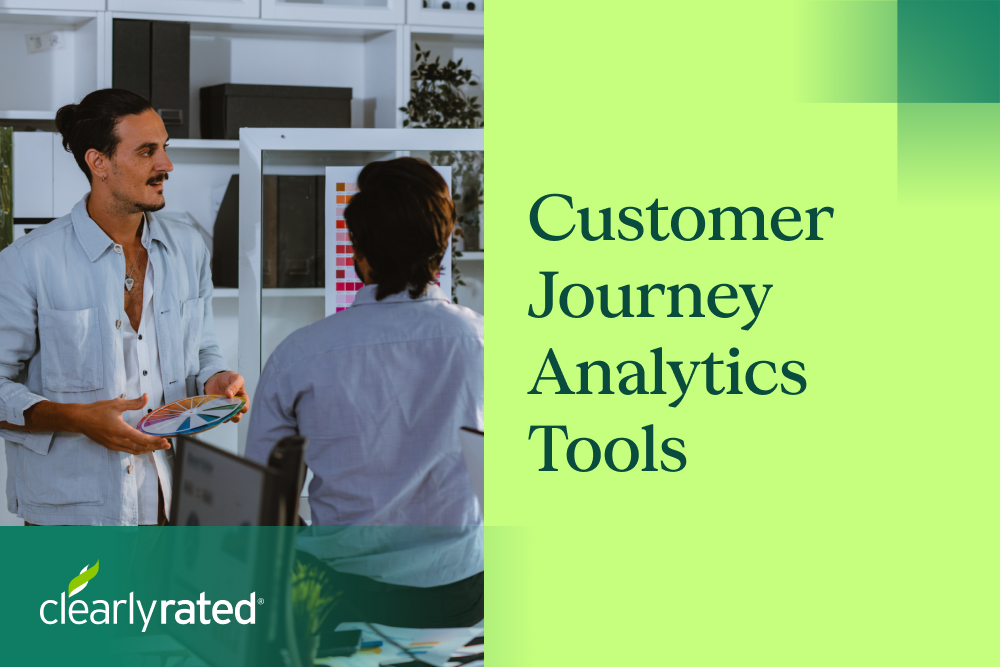
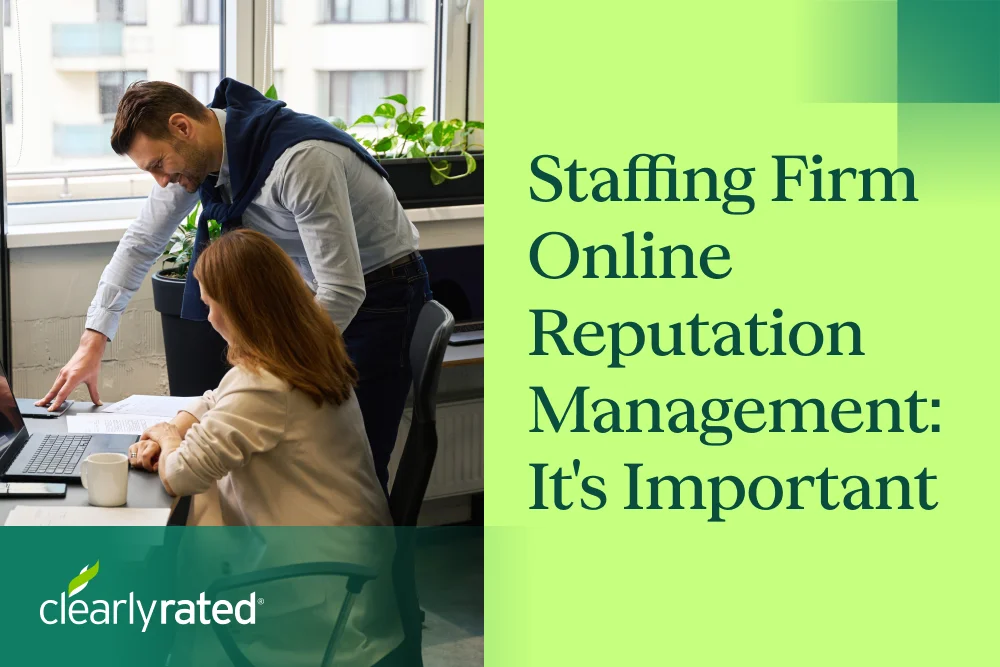

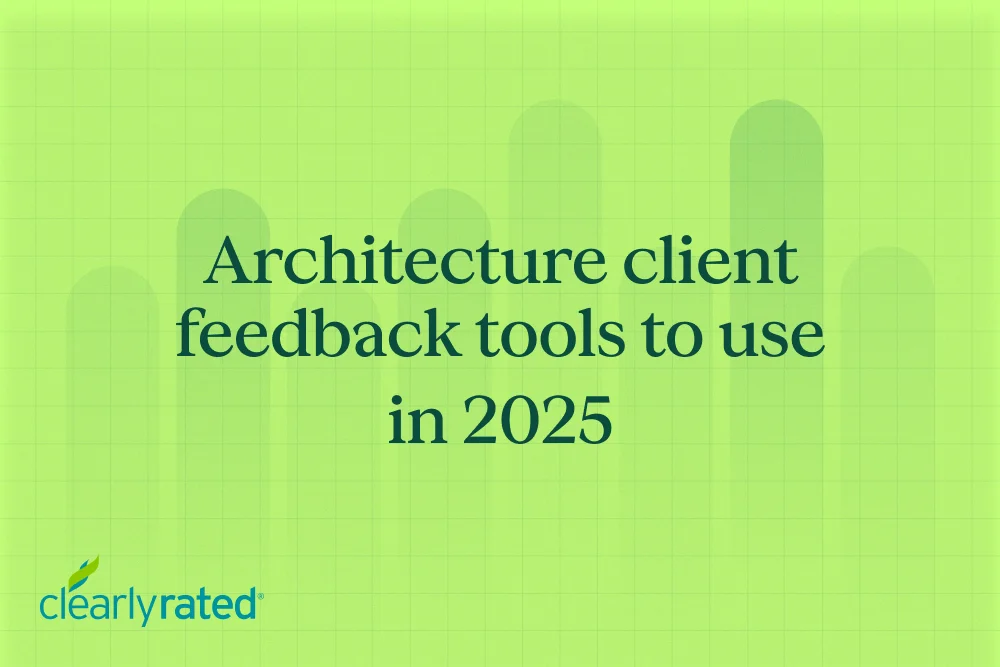


%5B1%5D.webp)
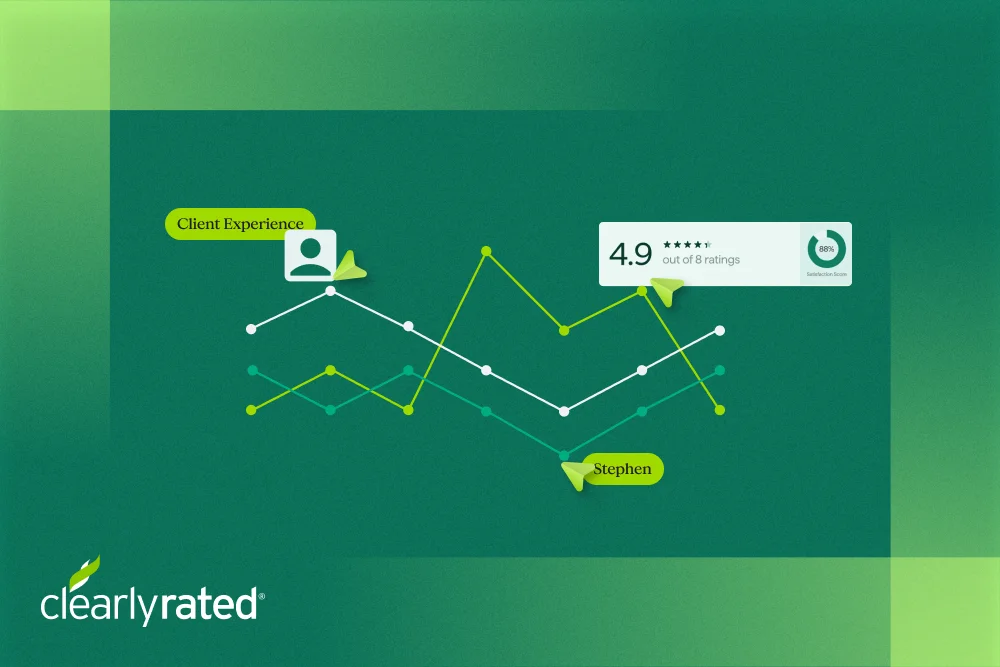

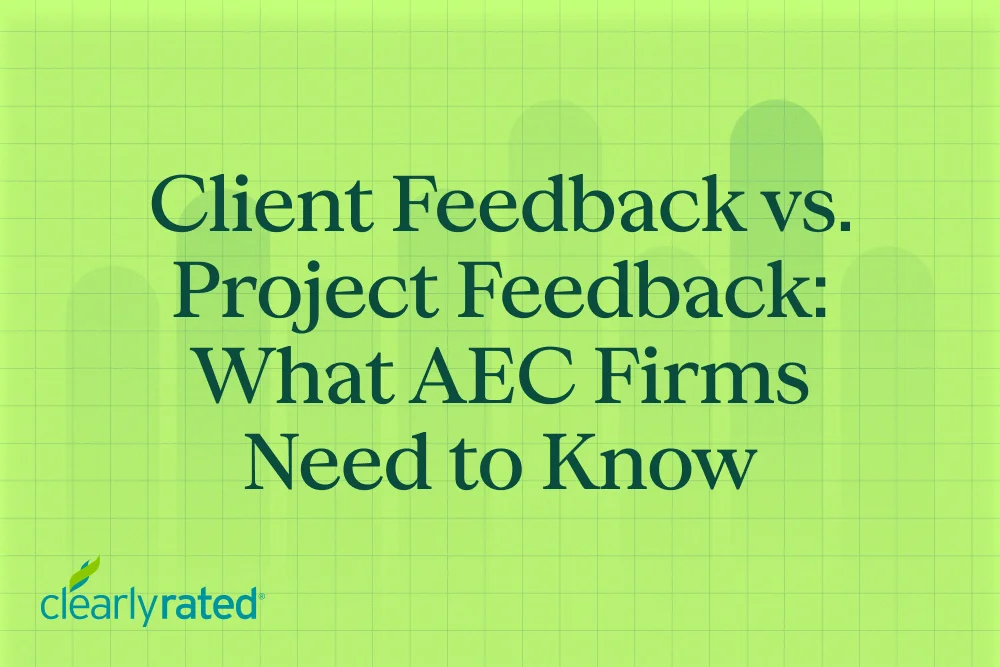




.png)






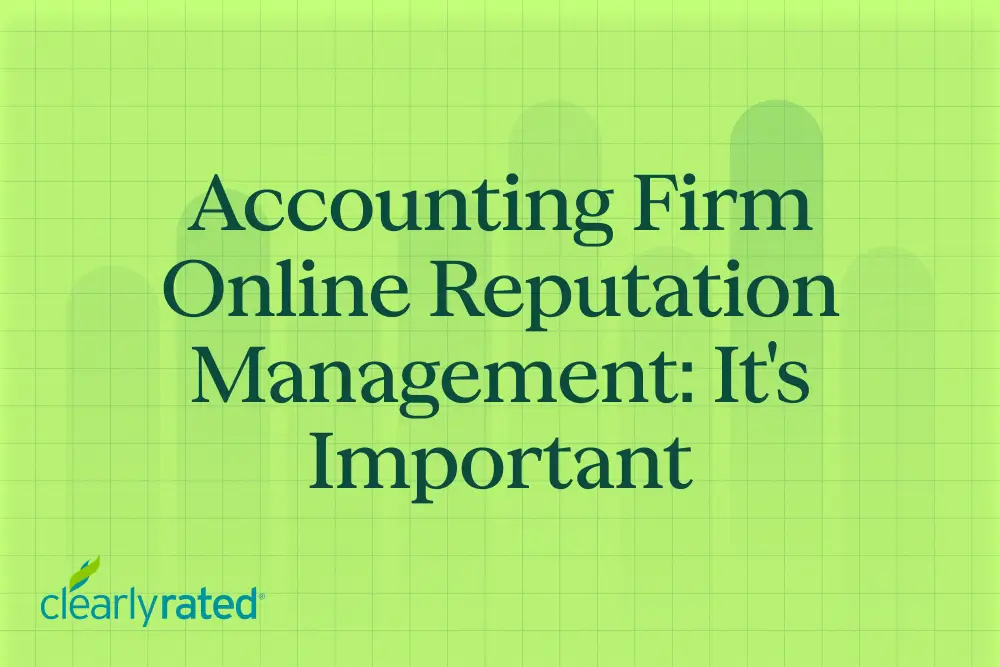


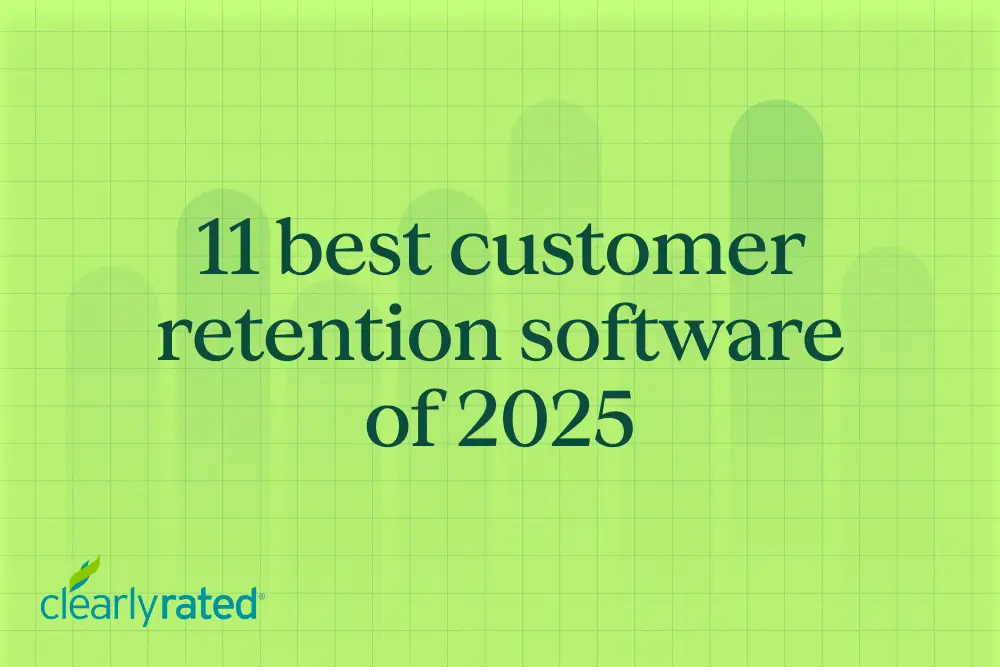

_%20The%20Ultimate%20Guide.png)
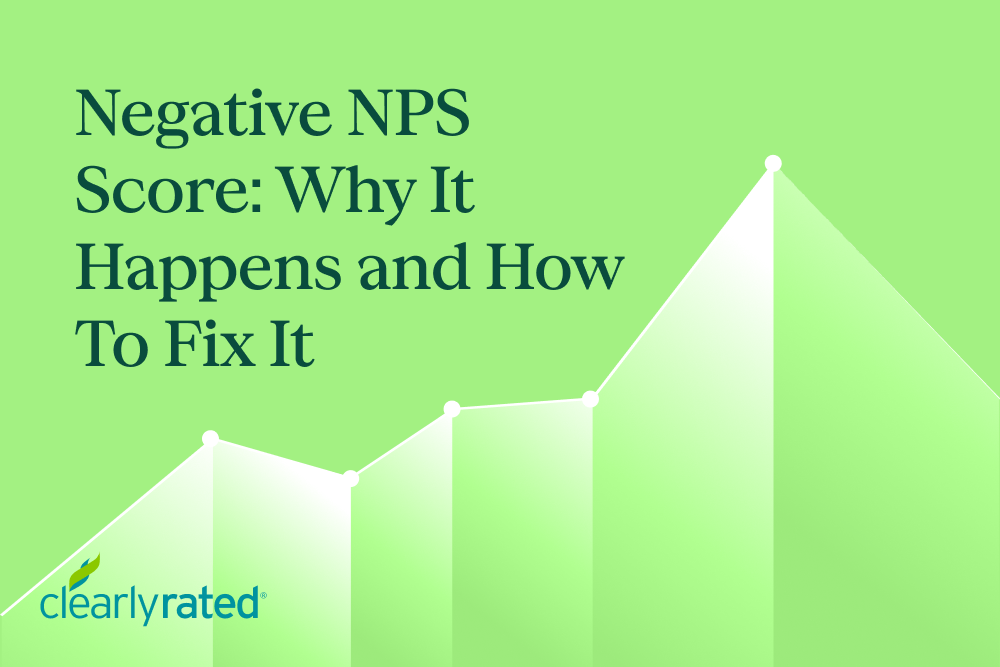
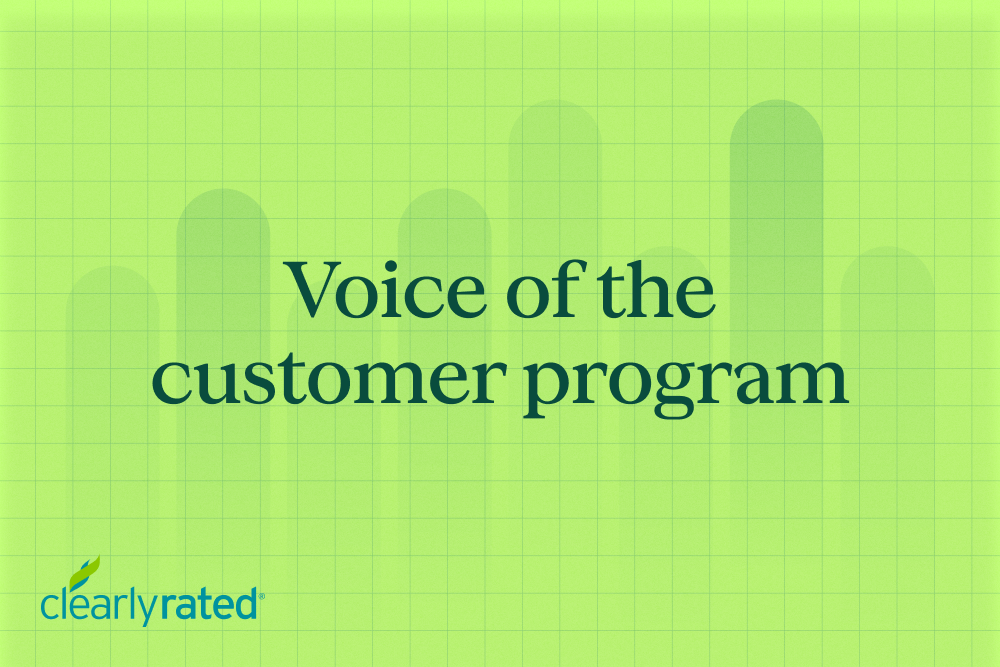
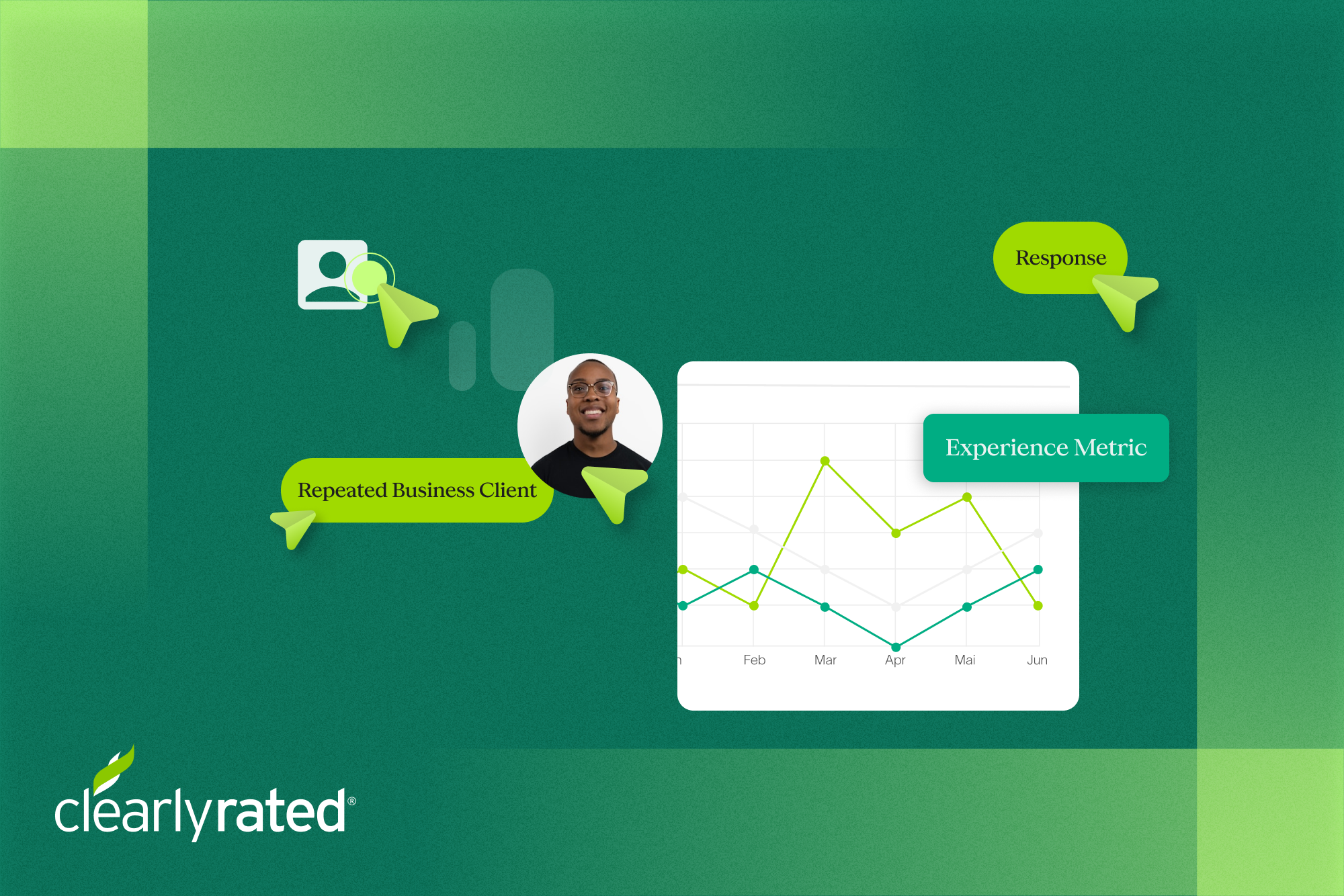
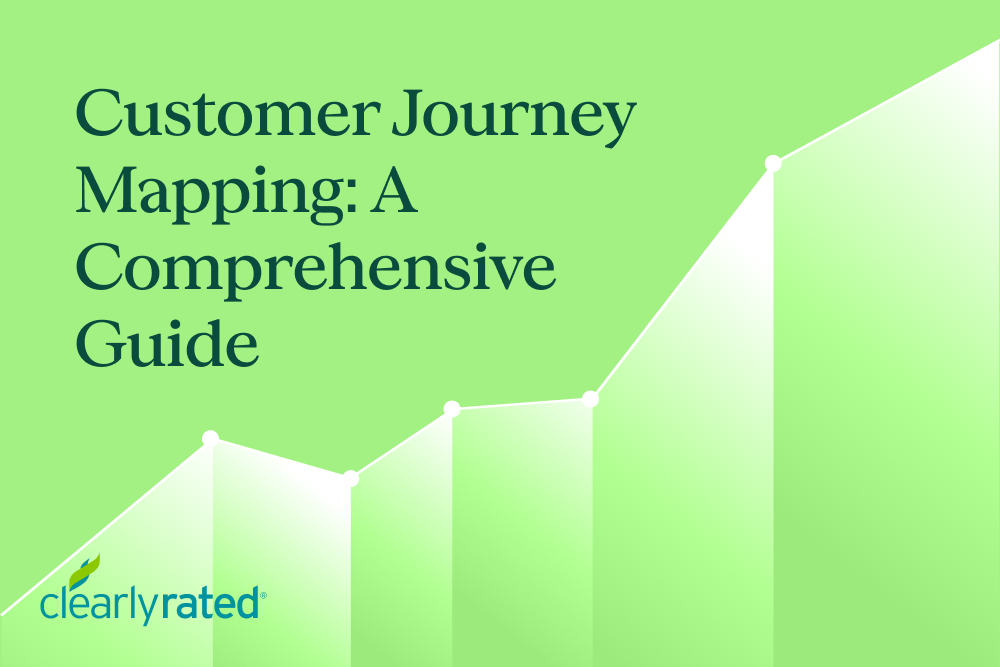

.png)



















%20in%20the%20Workplace.png)










.png)

%20and%20how%20can%20you%20increase%20it.png)
_%20A%20Step-by-Step%20Guide.png)

.png)
.png)




_.png)



%20in%202028.png)


_%20The%20Ultimate%20Guide%20(2024).png)











